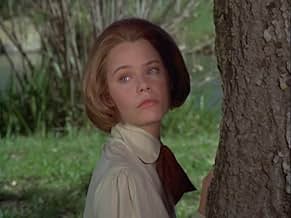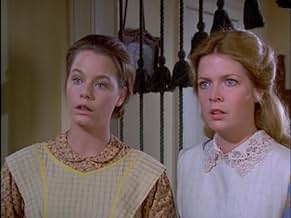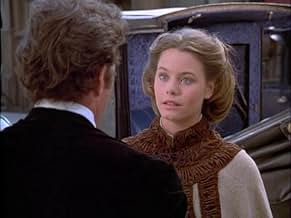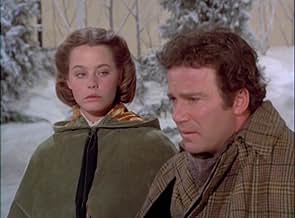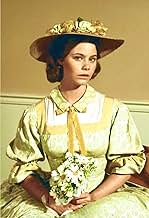Little Women (1978) was directed by David Lowell Rich. I've learned that this complete two-part version of Little Women was a "pilot" for a TV program, which apparently was terrible. What I'm reviewing is the 194-minute film that's available on DVD.
Louisa May Alcott's novel has been filmed many times, both before and after this 1978 version. The 1949 version was basically a remake of the 1933 version. Both of these films were made for theaters, and they featured Hollywood stars. Katherine Hepburn played Jo in the 1933 movie, and June Allyson played the role in the 1949 version.
This version was made for TV, so it featured TV actors--Meredith Baxter-Birney as Meg, Susan Dey as Jo, Eve Plum as Beth, and Ann Dusenberry as Amy.
Veteran actors had supporting roles: Dorothy McGuire as Marmee, Greer Garson as Aunt Kathryn, Robert Young as Grandfather James Lawrence, and William Shatner as Prof. Bhaer.
The only two actors who were outstanding, in my opinion, were Richard Gilliland as Laurie Lawrence, and Dorothy McGuire. Gilliland was better than the Laurie as shown in the earlier versions. He was young enough to be believable in the early scenes, and his acting made us believe that he had really matured into adulthood by the end of the film. The good news is that there were no weak links, and the cast acted very well in ensemble.
Because the movie was over three hours long, it allowed us to see more scenes from Louisa May Alcott's novel. (The 1933 version and the 1949 version both had to severely delete or diminish some of the key parts of the plot.)
On the other hand, having more film time at his disposal allowed Director Rich to add some scenes that don't appear in the novel. It always amazes me to think that the filmmaker finds it necessary to improve on the original. "Little Women" was never out of print from the time it was written until the time it was filmed. Couldn't he trust the author?
Despite those extra scenes, I found this version of "Little Women" to be well worth watching. It has great acting, great production values, and, of course, is based on a great novel.
The 1978 Technicolor process turns all the colors into DayGlo. I don't understand the technical reasons for this. Maybe that was state-of-the-art in 1978. It's not really a problem, but it's different. This movie was made for TV, so it works well on the small screen. It's well done, and I recommend it.

